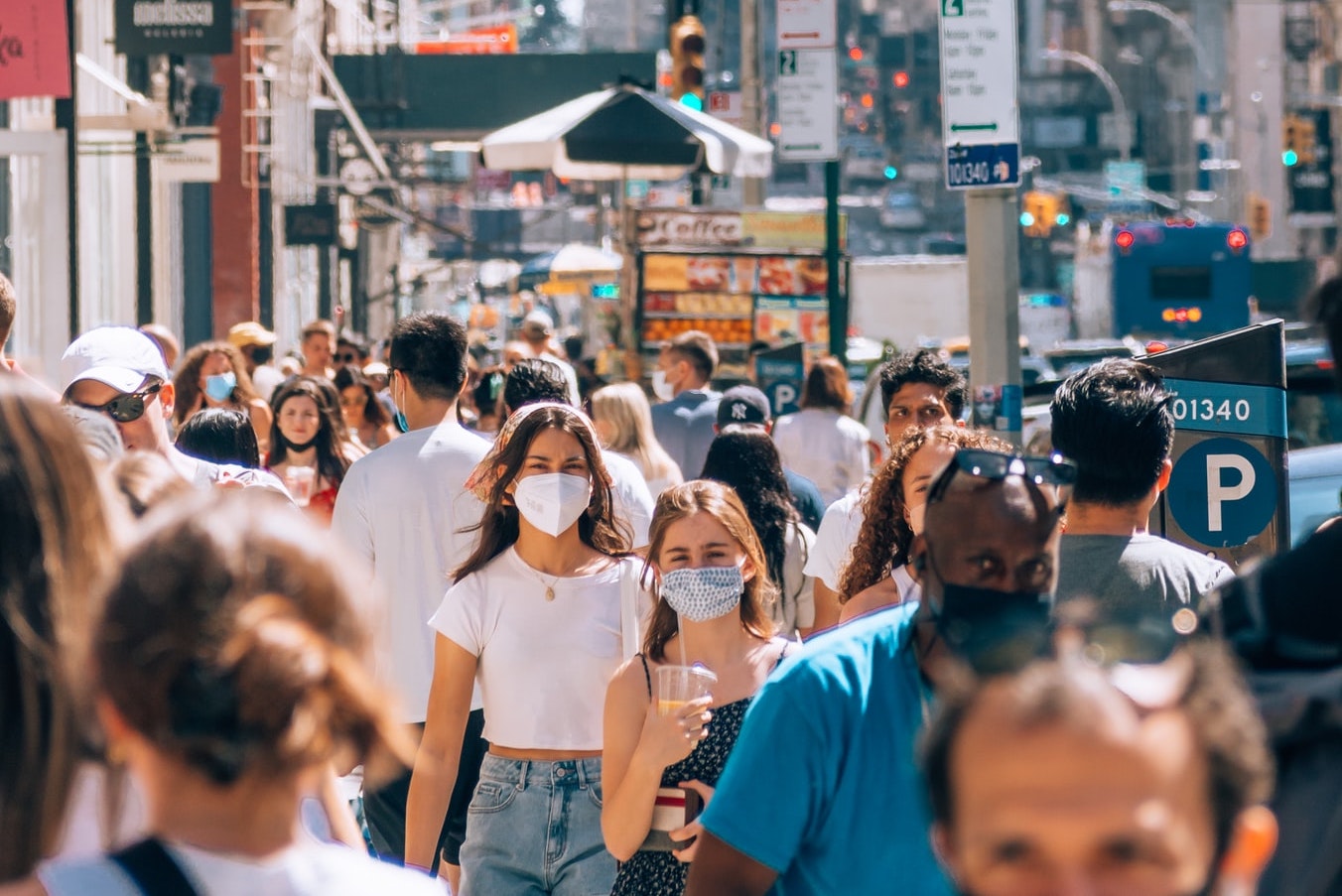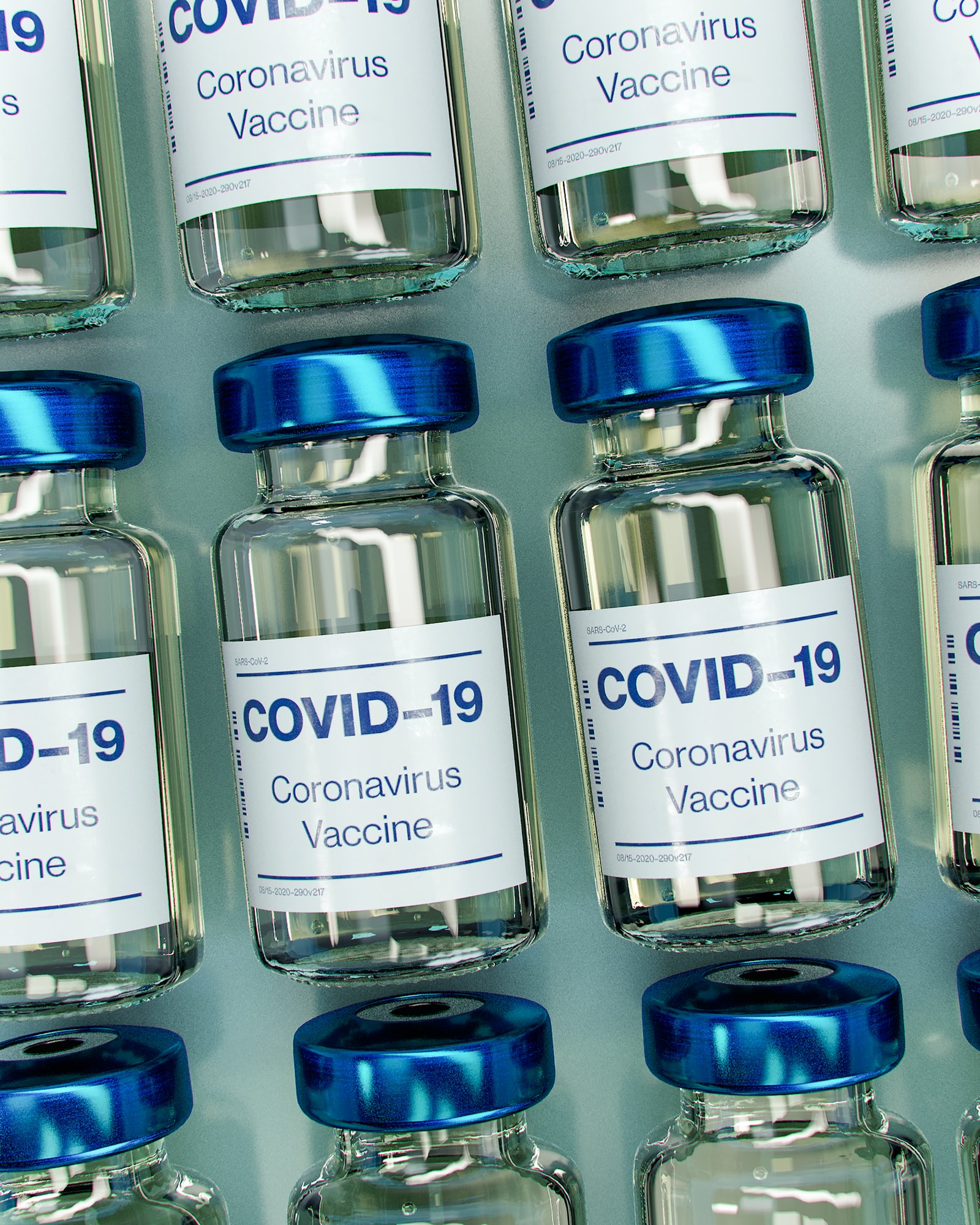Objective:
To estimate the impact of universal community face mask use in the COVID-19 second wave in Victoria in 2020, Australia, along with other routine disease control measures in place, timing, and varying mask effectiveness and uptake.
Findings:
A six-week lockdown with standard control measures, but no masks, would have resulted in a large resurgence by September, following the lifting of restrictions. Mask use can substantially reduce the epidemic size, with a greater impact if at least 50% of people wear a mask which has an effectiveness of at least 40%. Early mask use averts more cases than mask usage that is only implemented closer to the peak. No mask use, with a 6-week lockdown, results in 67,636 cases and 120 deaths by 1 October 2020 if no further lockdowns are used. If mask use at 70% uptake commences on 23 July 2020, this is reduced to 7,961 cases and 42 deaths. Upon calibrating the model to observed epidemiological data showing a rate of mask usage of 75%, we estimated community mask effectiveness to be 11%.
Mask use can substantially improve epidemic control if its uptake is higher than 50% and if moderately effective masks are used.
View paper

